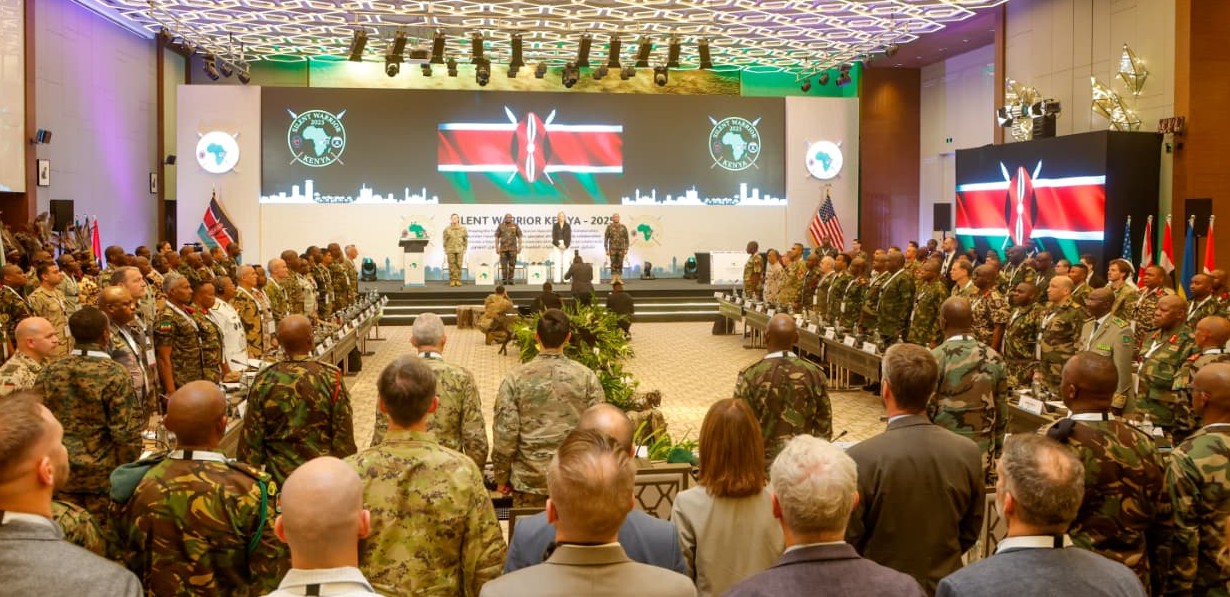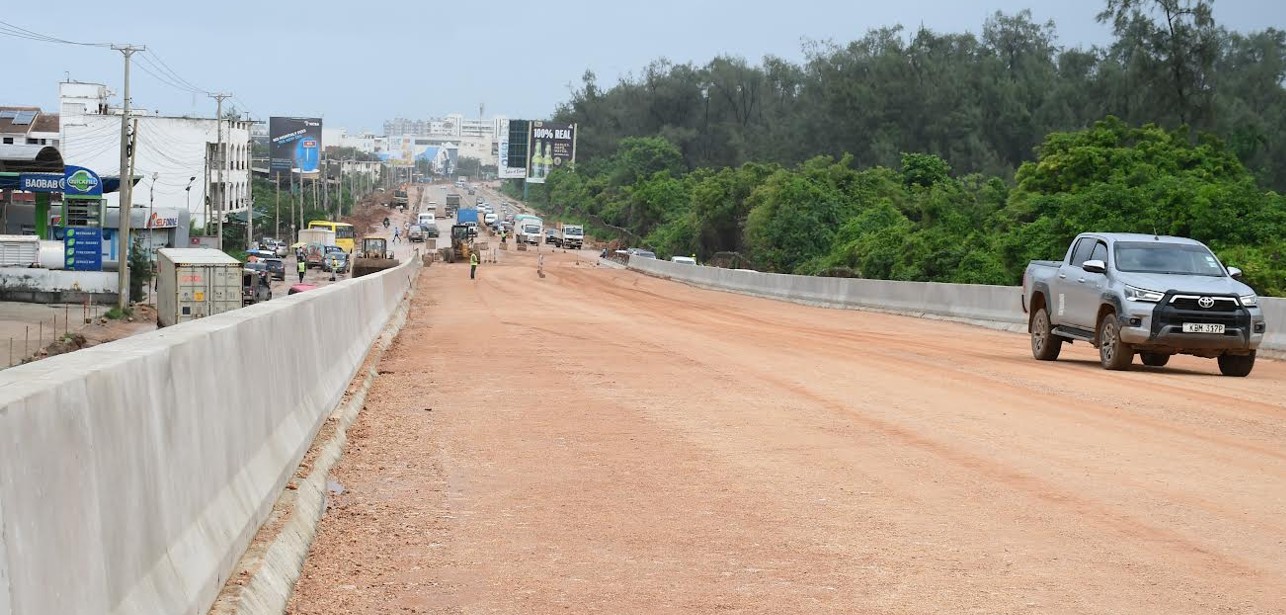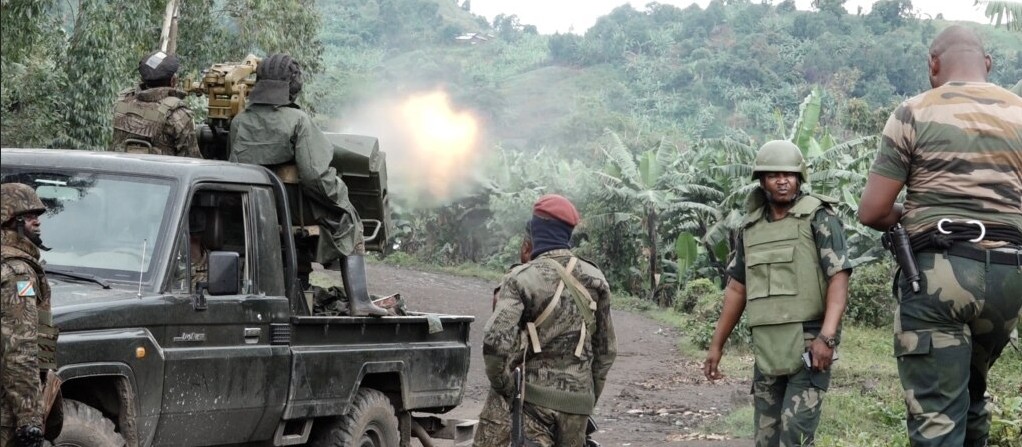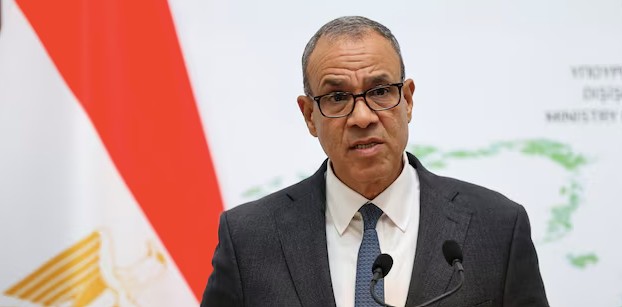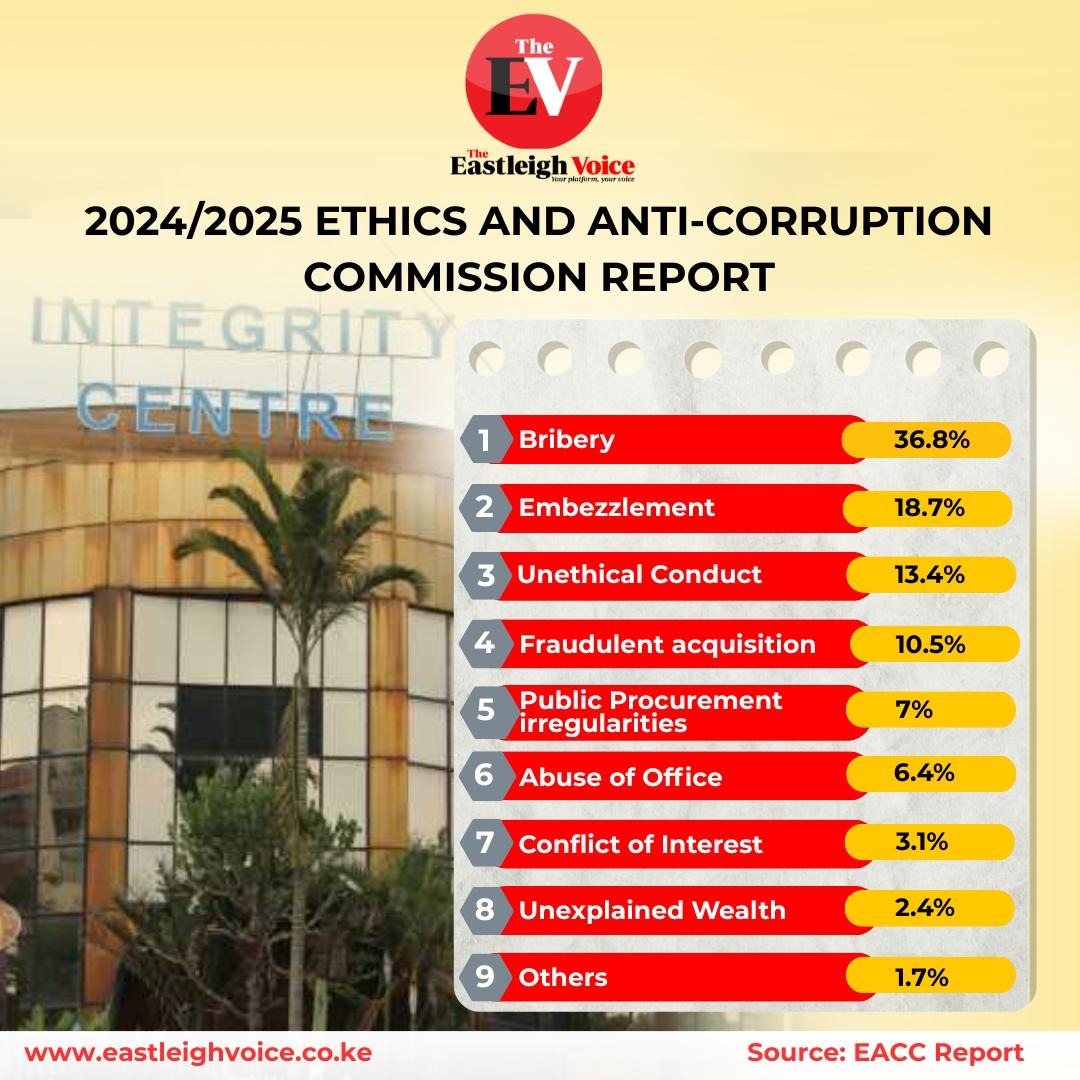Libya’s human smuggling networks tighten grip as new routes emerge

Libya is the main migrant gateway between Africa and Europe, a destination accessed by air, although some risk the journey by land and sea, which is less expensive.
Instability, conflict, and lack of government oversight in Libya have continued to allow human trafficking crimes to persist and remain highly profitable for traffickers through 2024 and into 2025, according to a new report.
The report by the Global Initiative Against Transnational Organised Crime (GI-TOC), "Libya: Hybrid Migration Systems Underpin Resilience of Human Smuggling in 2024", shows that Libya’s human smuggling trade is entering a new phase, with hybrid networks solidifying their control across the east and west of the country.
Libya is a gateway between Africa and Europe, accessible primarily by air, although some migrants risk cheaper journeys by land and sea. Others use a combination of air, land, and sea routes facilitated by established networks and deep political fragmentation that hampers coordinated policing.
More To Read
- Special forces across Africa meet in high-level Nairobi forum to counter terrorism and emerging threats
- Global power shifts are reshaping the Red Sea region and changing the rules of engagement
- Kenyan journalists celebrate climate reporting wins at IGAD Media Awards 2025
- Coastal counties face surge in online job scams, officials warn
- IOM launches global campaign to support human trafficking survivors
- Court awards Sh5 million to Kenyan trafficked to Myanmar for online fraud
"Once fragmented, these operations have adapted to sustain the steady movement of migrants mainly from South Asia and the Middle East through semi-legal flights, overland corridors, and risky sea crossings. At the same time, fresh patterns are surfacing, from small-boat departures in Tobruk to a surge in Sudanese migrants and Libya's unexpected role as a stopover to Latin America," the report stated.
The hybrid smuggling system operated smoothly throughout last year, with Benina Airport remaining the primary hub for smuggling. However, in the first half of 2024, unusual aircraft movements suggested traffickers were exploring alternative uses for Libyan territory.
"As open conflict between Libya's eastern and western regions subsided, the main coastal highway through Sirte reopened as a key transport corridor. Detours to smaller roads or tracks further inland were occasionally required to avoid sensitive checkpoints," it noted.
Networks providing integrated packages combined transport services with accommodation. Migrants interviewed reported spending several nights in Benghazi hotels before travelling west by minibus or car to Tripoli, Zuwara, or Zawiya, where they stayed before crossing by sea.
Those who choose to stay in Libya to work for a time can arrange independent travel west using public transport, taxis, or informal smuggler services. While most sea crossings originate from the west coast, there has also been a small but notable rise in small boat departures from Tobruk.
In western Libya, where human smuggling has been practised for generations, networks are favoured by migrants for their reputation of reliability and relative safety.
Chronic political instability and fragmentation, however, prevent sustainable or coordinated law enforcement, despite localised efforts. Consequently, smugglers frequently shift between hubs to avoid temporary security crackdowns.
"Despite the overwhelming dominance of maritime smuggling in western Libya, it is important to note that activity also continued in areas under the Libyan Arab Armed Forces (LAAF) control in 2024, mainly in and around Tobruk. While highly visible, high-passenger-load operations remained suppressed, there was an increase in small-boat departures in this area from December 2023, primarily to Crete," it added.
This route is popular with young Egyptian migrants who rely on land travel to evade Egyptian restrictions on unaccompanied minors entering Libya.
"Once in Libya, many Egyptian migrants intending to travel to Crete are held in remote safehouses and farms near Tobruk. These are controlled by tribal networks with generational knowledge of smuggling. Departure points are primarily located in Tobruk and the areas to the east, which were large-scale hubs in 2022 and 2023."
Sudanese refugees fleeing war in Darfur are reported to have increased this year, with their main entry point being South-East Libya and adjacent smuggling routes that provide additional access.
Those holding Sudanese or other identity documents can cross the border freely and travel to Kufra, where they register with the Emergency Committee and obtain medical certificates proving displacement. This documentation grants freedom of movement in Armed Forces-controlled areas and enables further travel north.
The report, however, notes that the exact number of arrivals is difficult to ascertain due to the remote location and varying official estimates. By the end of 2024, local sources placed the number of Sudanese refugees in Kufra at around 100,000. By January 2025, the estimate had increased to over 150,000.
Despite rapid growth in Sudanese refugee numbers, few attempted Mediterranean crossings. Italian data shows just over 2,000 Sudanese nationals arrived by sea in 2024, ranking them seventh in migrant nationality, despite being one of Libya’s largest displaced populations.
According to Italian government data, just over 2,000 Sudanese nationals arrived by sea that year, making them only the seventh most common migrant nationality, despite being among the largest displaced populations in Libya.
"Many Sudanese from Darfur and other impoverished regions lack the funds or strong diaspora connections required for a safer, more expensive journey. Supporting this, Sudanese nationals are consistently overrepresented in interception and return statistics, indicating that they often rely on cheaper, riskier routes," said the report.
In the second half of 2024, reports emerged indicating that migrants from the Horn of Africa, including Eritreans, Ethiopians, and Somalis, had begun using the high volumes of refugee flows from Sudan as cover to enter Libya.
Without legal documentation, these groups depended heavily on smugglers, who raised prices and intensified abuses such as extortion, kidnapping, and forced labour, particularly in smuggling hubs like Kufra and Ajdabiya.
"In late 2024, reports of mass graves containing the remains of migrants from the Horn of Africa began to surface, particularly in remote desert areas near Kufra. Investigations suggested that many of these individuals had died from abuse, starvation or execution at the hands of smugglers after failing to meet ransom demands," it added.
Top Stories Today

